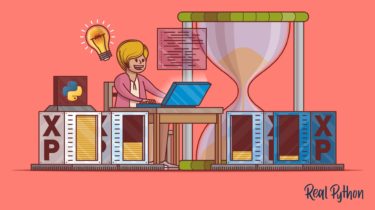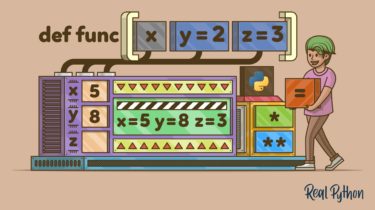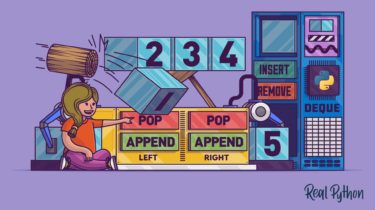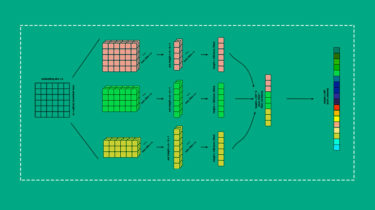How Long Does It Take to Learn Python?
You’ve probably found at least one blog post where the author reveals that they learned Python in a handful of days and quickly transitioned into a high-paying job. Some of these stories may be true, but they don’t help you prepare for a steady learning marathon. So, how long does it really take to learn Python, and is it worth your time investment? In this article, you’ll learn: What “learning Python” means and how you can measure your progress What […]
Read more



